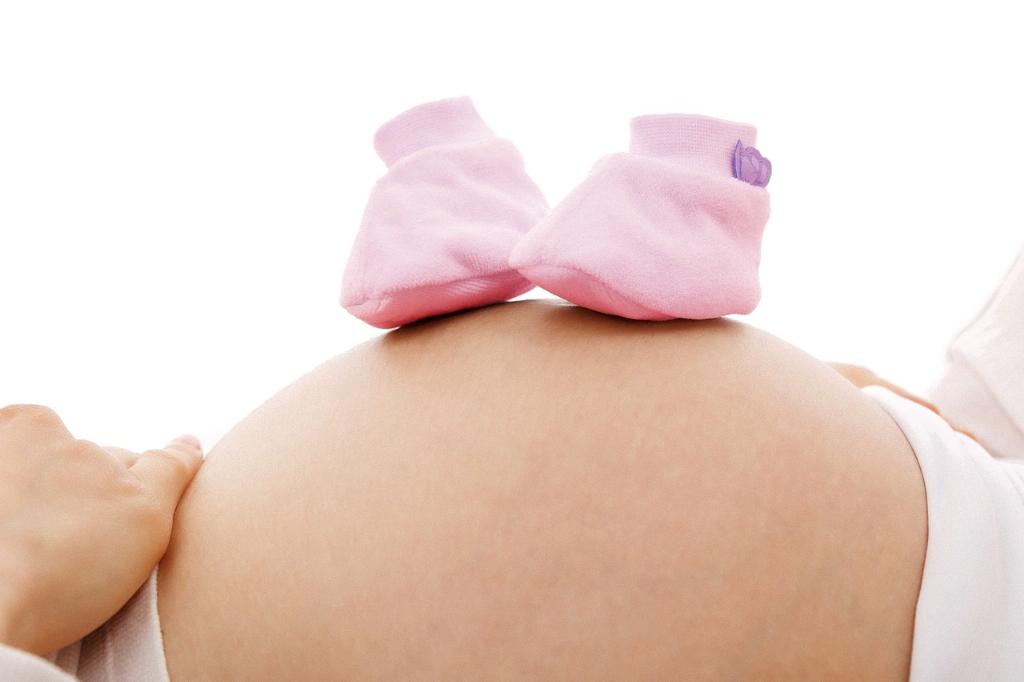When it comes to inducing labor, many expectant mothers are eager to try various methods to help their baby make their grand entrance into the world. One commonly overlooked aspect that can potentially aid in inducing labor is the position in which you sleep. The way you position your body during sleep can have a significant impact on the progression of labor and the positioning of your baby.
While there is no one definitive “best” position for inducing labor through sleep, there are certain postures that may be more conducive to encouraging the baby to move into the optimal position for birth. It is generally recommended to avoid sleeping on your back, especially in the later stages of pregnancy, as this position can compress major blood vessels and potentially decrease blood flow to the baby.
One of the most commonly suggested sleep positions to potentially aid in inducing labor is sleeping on your side, particularly your left side. When you sleep on your left side, you are helping to improve circulation to the placenta and your baby. This improved circulation can help to optimize oxygen and nutrient delivery to the baby, which is essential for their well-being and development.
Furthermore, when you sleep on your side, it can also aid in aligning your baby’s head, back, and hips in a way that may encourage them to settle into the anterior position, which is the ideal position for birth. This alignment can help facilitate the baby’s descent into the pelvis, making the birthing process smoother and potentially shorter.
Another beneficial sleep position that some women find helpful in inducing labor is the exaggerated Sims position. This position involves sleeping on your left side with your top leg and knee bent upwards towards your stomach. The exaggerated Sims position can help open up the pelvic area and encourage the baby to move into a more favorable position for birth.
It is essential to note that individual preferences and comfort levels should also be taken into account when determining the best sleep position to induce labor. While certain positions may be more commonly recommended, it is crucial to choose a position that allows you to rest comfortably and get the quality sleep necessary for your well-being and energy levels during labor.
Additionally, alternating between different sleep positions throughout the night can help prevent stiffness and discomfort, as well as provide your body with the variety of movements it needs to support the optimal positioning of your baby for birth. Experimenting with different sleep positions and listening to your body’s cues can help you determine which positions work best for you in potentially aiding labor induction.
Aside from sleep positions, it is also important to maintain good posture and body alignment during waking hours to support optimal baby positioning and overall comfort. Activities such as prenatal yoga, stretches, and using a birthing ball can further encourage the baby to settle into the best position for birth.
In conclusion, while there is no one-size-fits-all answer to the best position to sleep in to induce labor, sleeping on your side, particularly your left side, and trying the exaggerated Sims position are commonly suggested postures that may help encourage the baby to move into a favorable position for birth. Ultimately, the most important factor is to prioritize your comfort and well-being while nurturing a peaceful environment for the arrival of your precious little one.

